Optimal Timing for Parking Lot Sealing
Proper timing for parking lot sealing ensures optimal protection and longevity of the surface. The ideal conditions include moderate temperatures, low humidity, and absence of precipitation. Sealing during these conditions allows the sealant to cure properly, providing a durable barrier against weather and traffic.
Spring and early fall are considered the best seasons for parking lot sealing due to mild temperatures and lower humidity levels.
Sealing is most effective when ambient temperatures are between 50°F and 85°F, avoiding extreme heat or cold.
Sealing should be scheduled during dry weather with no rain forecast for at least 24 hours to ensure proper curing.
Typically, parking lots should be sealed every 2-3 years to maintain surface protection and prevent deterioration.
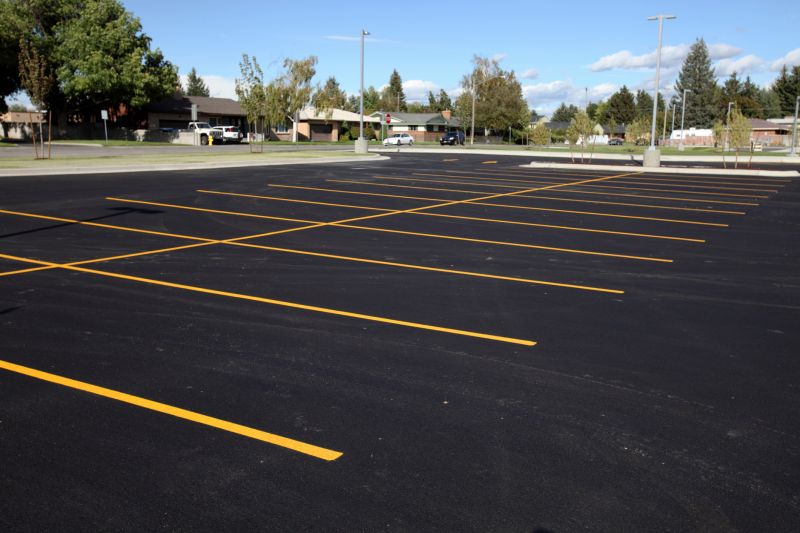
Ways to make Parking Lot Sealing Service work in tight or awkward layouts.
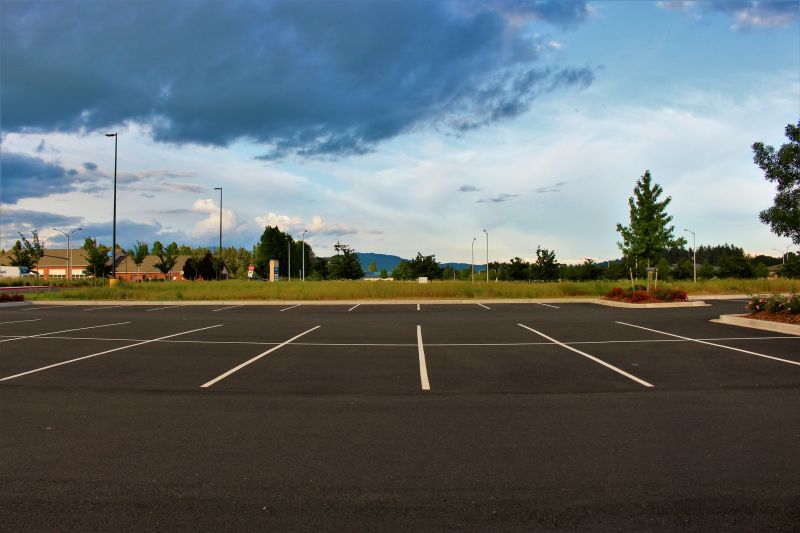
Popular materials for Parking Lot Sealing Service and why they hold up over time.
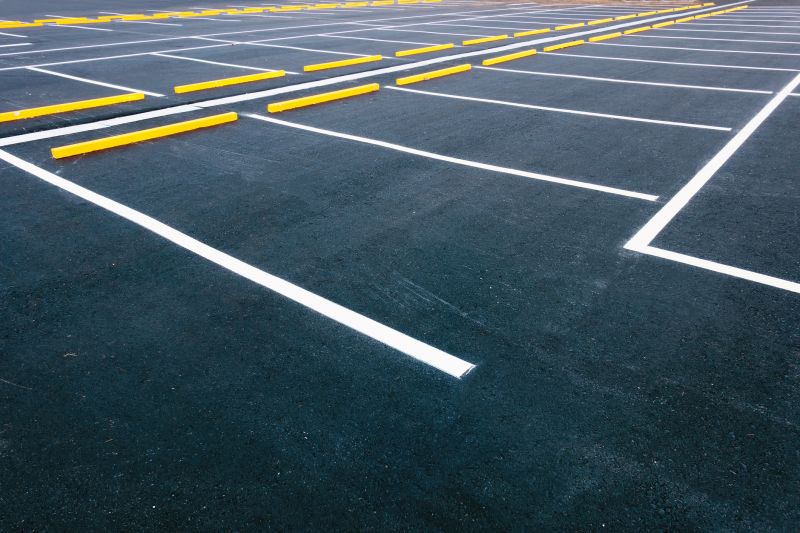
Simple add-ons that improve Parking Lot Sealing Service without blowing the budget.
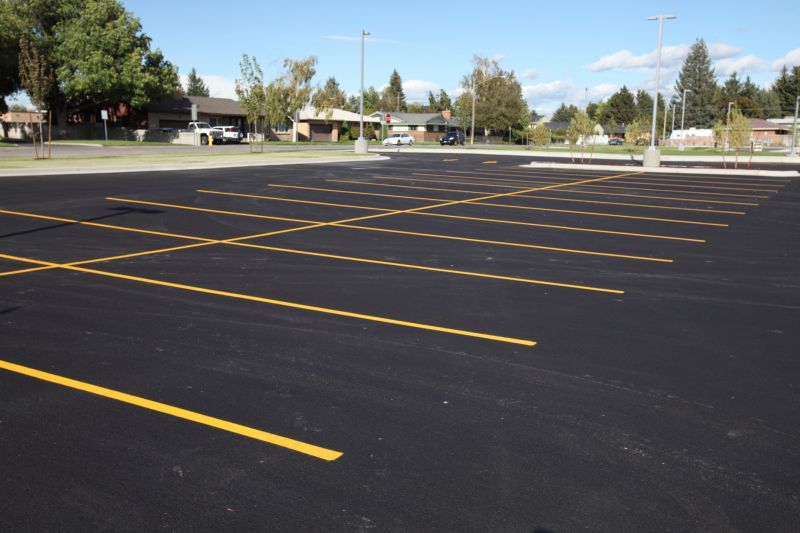
High-end options that actually feel worth it for Parking Lot Sealing Service.
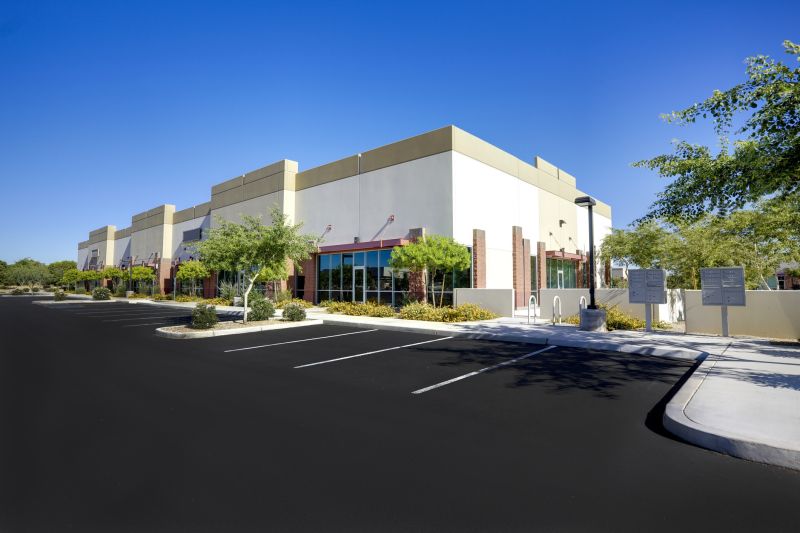
Finishes and colors that play nicely with Parking Lot Sealing Service.
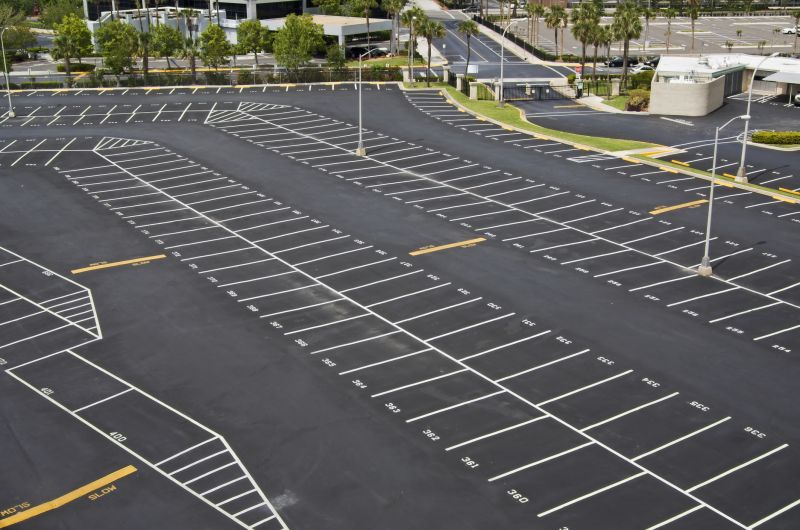
Little measurements that prevent headaches on Parking Lot Sealing Service day.
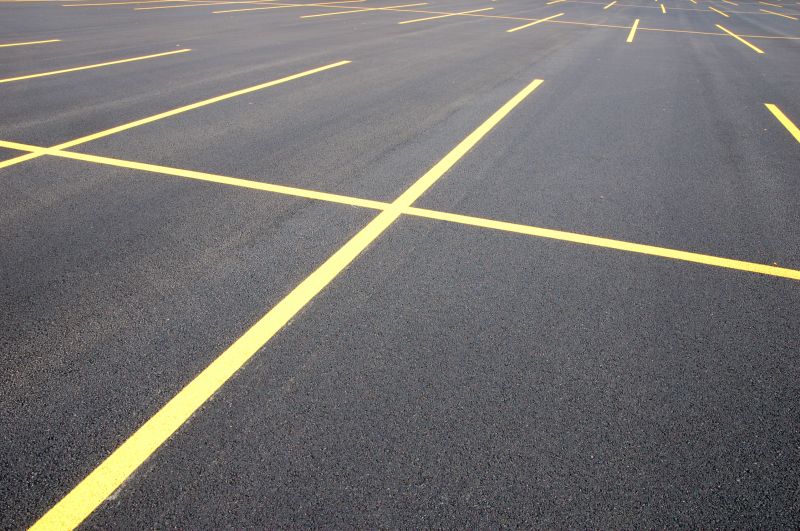
A 60-second routine that keeps Parking Lot Sealing Service looking new.
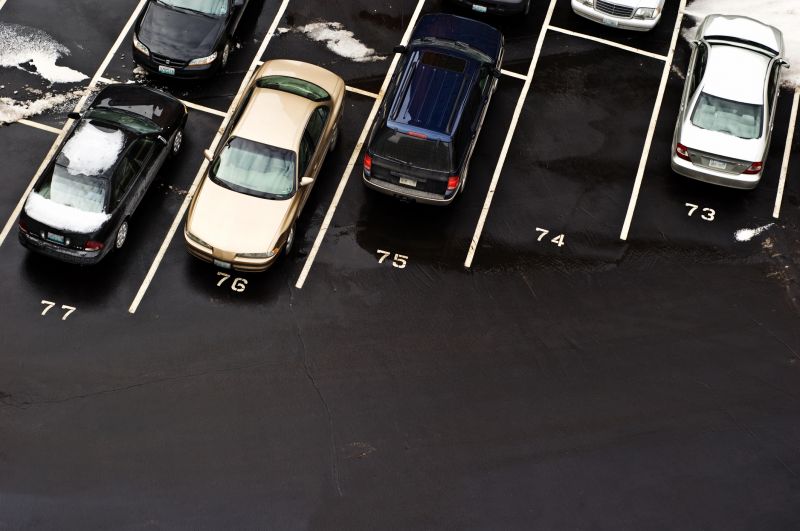
A frequent mistake in Parking Lot Sealing Service and how to dodge it.

Small tweaks to make Parking Lot Sealing Service safer and easier to use.
| Season/Condition | Recommended Timing |
|---|---|
| Spring | Optimal from March to May, when temperatures are mild. |
| Summer | Early summer mornings are suitable, avoiding peak heat. |
| Fall | Best from September to November, with stable weather. |
| Winter | Generally not recommended due to cold temperatures and moisture. |
